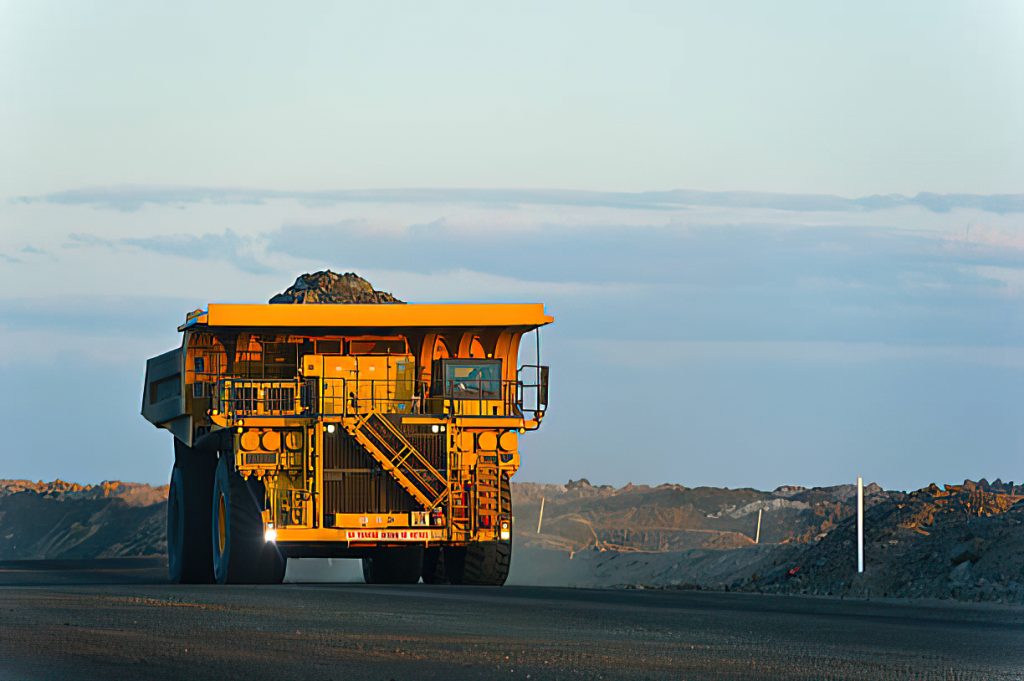Canada’s Complacency in the Critical Metals Industry

By Bruce W. Downing, MSc, PGeo, FGC, FEC (hon)
Canada has procrastinated in taking a major control of the critical metals industry despite having excellent mineral resources and technical knowledge. Canada has to export its raw and semi-refined critical mineral products to other countries such as China.
These countries are able to take a dominant share of the market due to their better supply chain infrastructure and worldwide investments in developing mineral resources and technology.
Base metal and critical metal resources and mining now depend on a different and broader set of technological and ESG systems that never existed before. Canada’s base and critical metal resources have the unmitigated advantage of being able to depend on an existing export and distribution systems in other countries such as China, India and Indonesia. Canada exports most of its concentrates to other countries for refinement and subsequent manufacturing.
China has capitalized on this situation. Already with an investment and customer base, China is able to build its critical metal refining process together with its manufacturing capability infrastructure simultaneously.
The Canadian and North American infrastructure that exists to support critical metals exploration and mining development together with process manufacturing is limited in comparison and will require some extensive investment to become competitive. Canadian and North American supply chains must also be redesigned to meet “in-house” and foreign demands.
Canadian governments and businesses are at present unwilling to make the required investments. They have been accustomed to the complacent networks of yesteryear that are simply no longer relevant. There is little economic sense in building the infrastructure if the network is overburdened with rules, regulations, permits, policies and politics. Yet at the same time, demand for critical metals in North America is warranted and a priority but which will remain low until they are supported with compatible infrastructure.
The proactive planning and construction of such critical metal mineral resources has been undermined by the political and public complacency to the resource industry. Confederation also does not help as resources remain primarily in the hands of the provinces, while Ottawa stands by. The idea that national interests are at stake exists in other countries but not in Canada.
A Canadian and North American supply chain of critical metals could accelerate the transition towards reducing dependence upon foreign control. This will require the development of new mines, infrastructures, technology and manufacturing systems together with a fundamental shift in government policy thinking and public discourse.
The initiation of the Canadian and North American infrastructure and supply chain should begin with the development of one of the world’s largest copper and cobalt critical metal resources, the Windy Craggy deposit in far northwestern British Columbia.
This deposit is also rich with gold, silver and other recently identified potential critical metals such as indium, tin and tellurium.
With Indigenous and government participation and investment together with a national desire, a made-in North American control infrastructure and supply chain can be created for all stakeholders and would be a great Return On Investment (ROI) by all concerned as well as a strategic supply of crucial “green metals” for EVs. This would enable the collaboration of various stakeholders to solve problems with creative solutions and benefits for all. Windy Craggy is a solution.
